Subtotal: ₹50.00
Agastache Seeds Pop Pink pack of 20 seeds Imported
₹80.00
Out of stock
Email when stock available
SKU: AgastachePopPink
Category: Winter Flower Seeds
Agastache Seeds commonly known as hyssop or hummingbird mint, is a genus of aromatic perennial plants in the mint family. It’s valued for its spiky flowers, fragrant foliage, and ability to attract pollinators like bees, butterflies, and hummingbirds. Here’s how to grow and care for Agastache:
Agastache Seeds Types
Popular varieties include:
- Agastache foeniculum (Anise Hyssop): Purple flowers with a licorice scent.
- Agastache rugosa (Korean Mint): Spicy-mint-scented leaves with lavender-blue blooms.
- Agastache mexicana (Mexican Hyssop): Citrus-scented foliage and pink or orange flowers.
- Agastache aurantiaca (Sunset Hyssop): Orange and peach flowers, drought-tolerant.
Planting Agastache
- Growing from Seeds:
- Start seeds indoors 6-8 weeks before the last frost or direct-sow after the last frost.
- Sprinkle seeds on the soil surface and lightly press them down (do not cover heavily as they need light to germinate).
- Keep the soil moist until germination, which takes 7-14 days.
- Transplanting Seedlings:
- Harden off seedlings before planting outdoors.
- Space plants 12–18 inches apart to allow good air circulation.
- Soil Requirements:
- Well-draining soil is essential; Agastache prefers sandy or loamy soil.
- Ideal soil pH: 6.0–7.5.
- Sunlight:
- Thrives in full sun, though it can tolerate light shade in hotter climates.
Agastache Seeds Care
- Watering:
- Drought-tolerant once established, but water regularly during the first growing season to help roots develop.
- Avoid overwatering or poorly drained soil, which can cause root rot.
- Fertilizing:
- Agastache is not a heavy feeder. Apply a light layer of compost in spring or a balanced, slow-release fertilizer.
- Pruning:
- Deadhead spent blooms to encourage continuous flowering.
- Cut back stems in late winter or early spring before new growth appears.
- Mulching:
- Mulch in colder regions to protect roots from freezing.
- Winter Care:
- Most Agastache varieties are hardy in USDA zones 5–10. In colder zones, consider growing it as an annual or protecting it with heavy mulching.
Agastache Seeds Pests and Diseases
- Generally resistant to pests and diseases.
- Watch for powdery mildew in humid conditions; ensure plants have adequate spacing and airflow.
- Rarely affected by deer or rabbits due to its aromatic foliage.
Agastache Seeds Uses of Agastache
- Pollinator Attraction:
- Flowers are magnets for bees, butterflies, and hummingbirds.
- Culinary Uses:
- Leaves of some varieties, like anise hyssop, are edible and can be used in teas, salads, or desserts.
- Ornamental Value:
- Excellent for borders, rock gardens, or xeriscaping.
- Herbal Remedies:
- Traditionally used for teas and digestive aids in some cultures.
Be the first to review “Agastache Seeds Pop Pink pack of 20 seeds Imported” Cancel reply
You must be logged in to post a review.
FAQs
Which fertizlier to be used
In most flowering plants NPK can be used 19:19:19 if you want to use organic, then vermicompost or any organic decomposed manure is best for soil fertility
When to Transplant
Once seedling has 4 true leaf then cab be transplanted after Sunset without disturbing the roots
How to germinate from seeds
Fill pot 80% with soil and compost mix the top layer 20% spread cocopeat, then place seeds on top of cocopeat, then cover seeds with thin layer of cocopeat, Maintain moisture till germination
Related products
Winter Flower Seeds
Rated 3.00 out of 5
₹60.00
Winter Flower Seeds
Phlox Twinkle Star Seeds flower Hybrid seeds pack of 40-50 seeds Open Pollinated
₹50.00

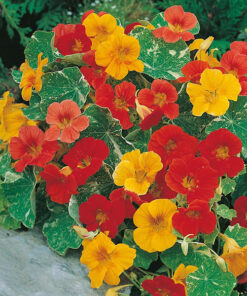 Nasturtium Alaska Seeds Mix color pack of 15-20 seeds Open Pollinated
Nasturtium Alaska Seeds Mix color pack of 15-20 seeds Open Pollinated 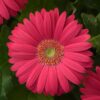

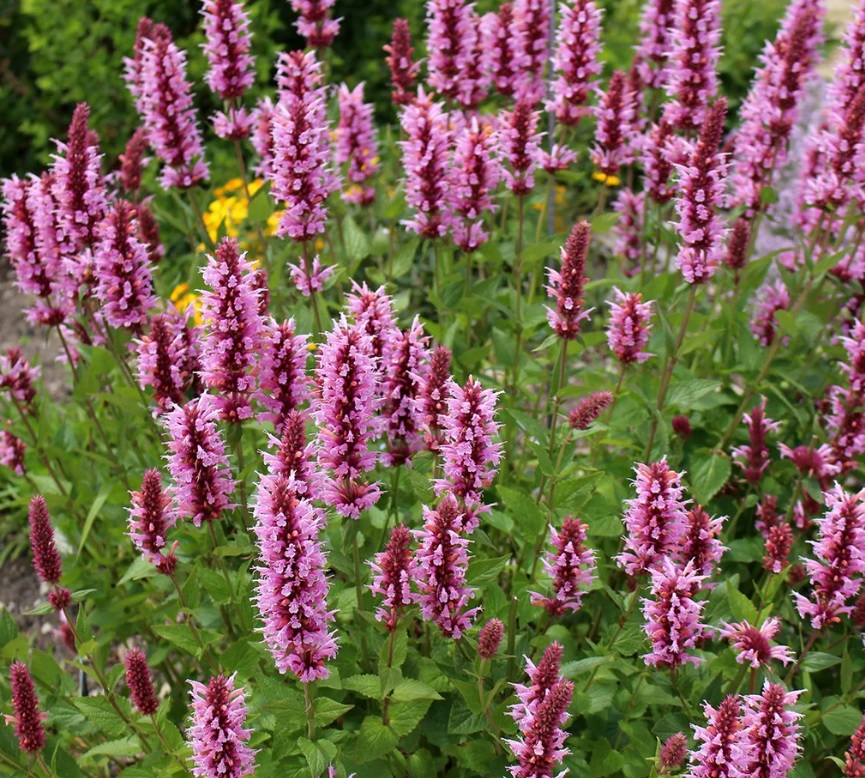
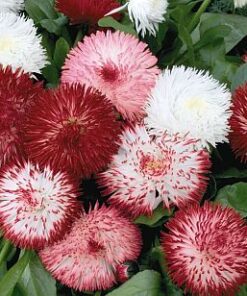


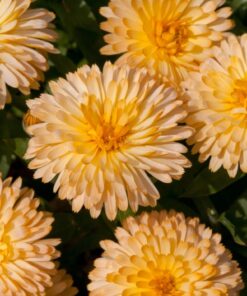
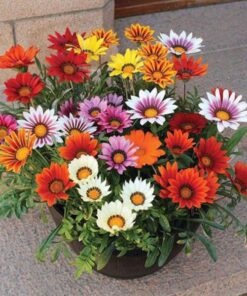
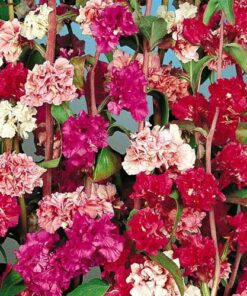
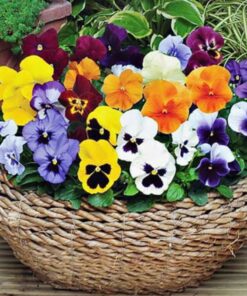
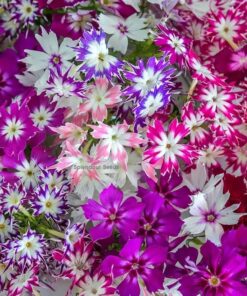
Reviews
There are no reviews yet.